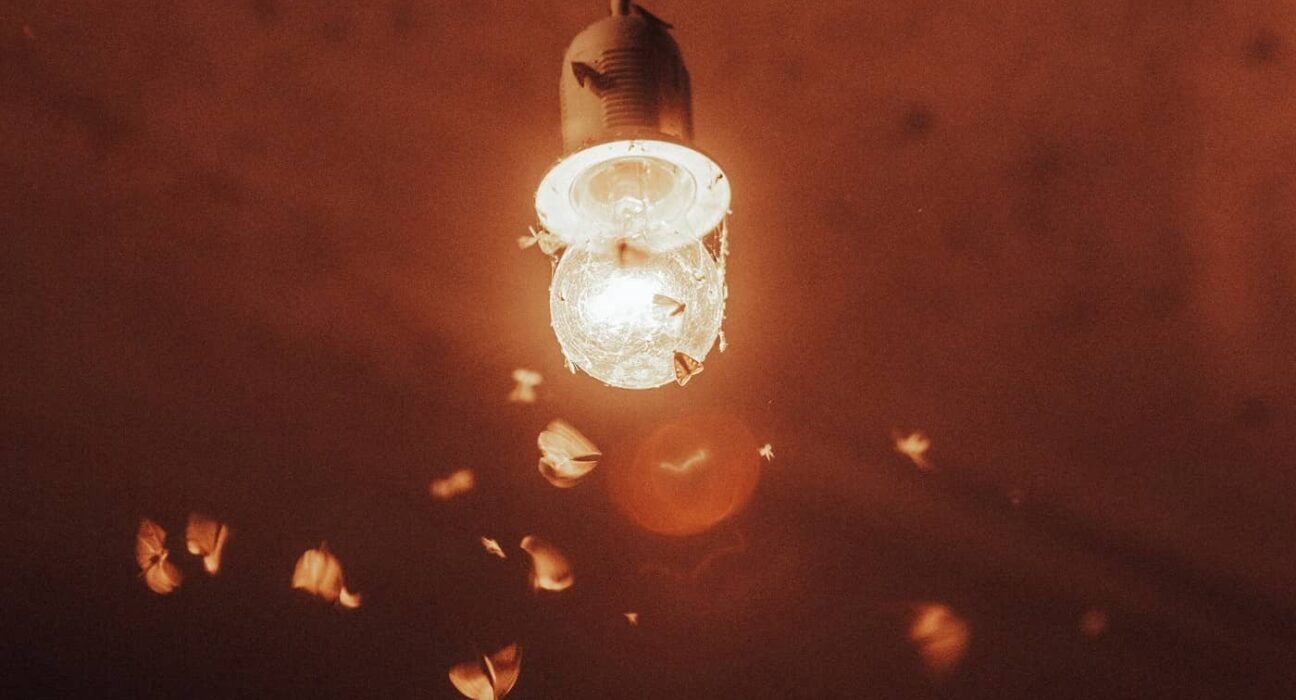We’ve all seen swarms of insects flying around lamps and other lights after the sun goes down. However, insects like moths, gnats, and mosquitoes that fly around artificial lighting risk dying because they may become trapped under lamp shades and exposed to predators like beetles, spiders, bats, and birds.
This “stupid circling” can even divert insects’ attention away from important tasks like eating, mating, and reproduction. Insect populations may be declining globally due to artificial lighting as well. Why then are insects drawn to artificial lighting given the dangers?
Many theories exist. Perhaps because lights resemble the moon, moths use it as a navigational aid. Maybe the insects are trying to flee toward the light or seek out the darkness. According to Avalon Owens, a fellow at Harvard University, “the edge of a lit area will appear darker than the rest of the darkness” because of an optical trick known as mach bands.
Insects prefer to face away from the light
On one level, it seems that insects fly to artificial lights as a result of hijacking of more primitive evolutionary impulses. The majority of evolutionary history, according to Owens, “has been spent in the darkness.”
Because it is challenging to monitor insects in flight, it is tricky to test specific theories. Eventually, better solutions might be provided by new technology. Yash Sondhi, a researcher at the University of Florida, Samuel Fabian of Imperial College London, and other researchers used a high-speed camera to photograph moths, dragonflies, and other insects for a 2023 preprint on bioRxiv that hasn’t yet undergone peer review. Surprisingly, they discovered that the moths and dragonflies preferred to face away from the light.
The most recent theory is based on these observations: some insects fly to light to orient themselves. Typically, light signifies up and black implies down.
“It’s hard for them to use gravity to tell where their body is, because they’re just sort of swimming through the air,” said Owens, who was not involved with the new research. And with artificial lights, “all of a sudden, the lit half of the universe is not where you’d expect it to be.”
Other open questions
The experiment by Sondhi and colleagues may explain why insects stay close to lights after they arrive, but it does not address how certain insects locate lights from a great distance or why some become trapped while others do not.
Owens pointed out that dragonflies maintained their backs to the light in the experiment but are rarely seen circling lights in the field. She stated that “there is still this larger question of why they are there in the first place” for moths. Even while she acknowledged that the theory is unpopular at close range, she wants to test the notion that moths utilize the moon as a compass at the landscape scale. Thanks to increasingly sensitive cameras and analysis methods, scientists might be able to find out soon.





